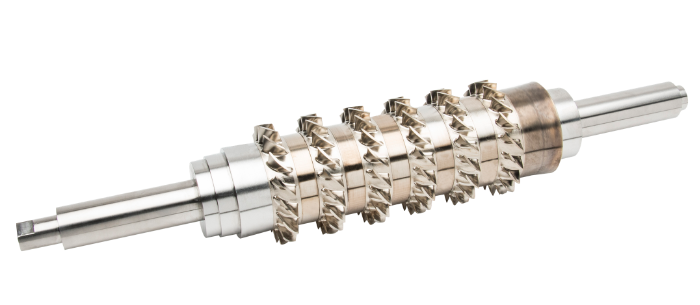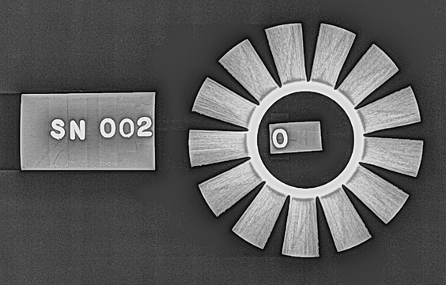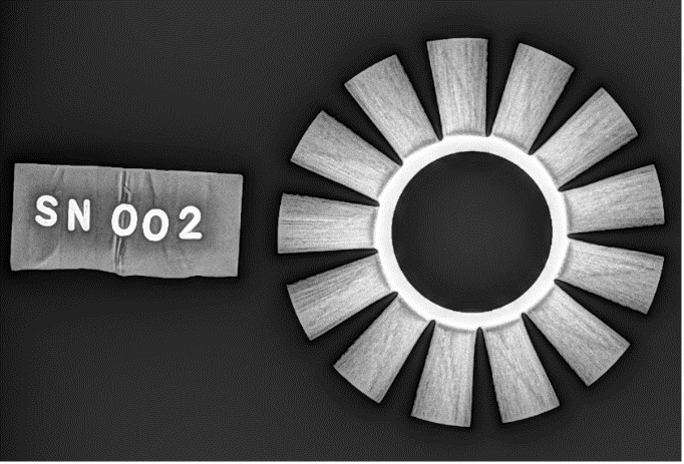US-based natural gas service provider Upwing Energy has leveraged technology from metal 3D printer manufacturer Velo3D to 3D print its Subsurface Compressor System (SCS) compressor module.
By using Velo3D’s Laser Powder Bed Fusion (LPBF) 3D printer, Upwing has reduced the manufacturing time needed to support its SCS gas well deployment schedules.
3D printing has enabled the company to go from engineering design, to full compressor rotor assembly production in just 10 weeks. Moreover, tests which simulated the environment of the gas compression process highlighted the high-quality and durability of the 3D printed parts.
“All of our work at Upwing is underscored by the belief that continuous improvement is always possible,” commented Robert McKeirnan, Vice President of Supply Chain and External Manufacturing at Upwing Energy.
“Our decision to integrate additive manufacturing makes us more scalable and adaptable. It allows us to create parts that are not only durable, but intricately designed and finished with the highest level of precision.”

Optimizing SCS compressor module production
Manufactured from Inconel 718, Upwing’s proprietary SCS compressor module is designed to increase the production and recoverability of natural gas from existing wells. To achieve this, the SCS features a multistage hybrid axial compressor, which increases drawdown at the intake and boosts pressure at the discharge.
The company’s SCS compressor module incorporates an aerodynamic design to match well-specific flow parameters, allowing for maximum production gain. According to Upwing Energy, the production of the compressor’s rotor design is especially challenging due to its complex surface geometries.
In addition to notable lead time savings, Velo3D’s metal 3D printing technology reportedly enables the creation of more intricate designs than conventional manufacturing methods. What’s more, the 3D printed components feature geometric and materials benefits, resulting in improved performance and increased part lifecycle.
Tensile testing has demonstrated that additively manufactured Inconel 718 parts meet ASTM F3055 standards. Downhole compressor-specific requirements are also reportedly met by 3D printed Inconel 718.

During the SCS development process, the mechanical properties of 3D printed components were compared to those produced through machined billet, a standard industrial manufacturing method. Here, various tests simulating conditions found in the SCS’s gas compression process were conducted.
Both 3D printed and machined billet-produced parts were tested at rotational speeds of 55K RPM or higher, the operational overspeed for the SCS. Detailed inspection was then carried out on the parts. This included the use of dye penetrant to expose surface defects, balance checks, and dimension precision inspections. Finally, a spin-to-burst test was conducted to validate the integrity of each manufacturing method.
Ultimately, the additively manufactured parts successfully endured the standard operating conditions of the gas compression process, exceeding overspeed conditions by 2.1 times before failure.

Bolstering the oil and gas sector with AM
The use of additive manufacturing within the oil and gas industry is growing, with companies leveraging industrial 3D printing for a range of applications.
Indeed, this is not the first time that technology from Velo3D has been utilized within this sector. Earlier this year, Schoeller-Bleckmann Oilfield Technology (SBOT) purchased a Velo3D Sapphire XC large-format 3D metal printer.
Calibrated for Inconel 718, the Sapphire XC is being used to meet rising demand for 3D printed parts from SBOT’s customers. Thanks to its geometric design flexibility, Velo3D’s 3D printer facilitates the production of intricate, mission critical parts for oil and gas applications.
Elsewhere, UK industrial valve supplier KOSO Kent Introl (Kent Introl) collaborated with global engineering firm Renishaw to assess the advantages offered by additive manufacturing in oil and gas.
Kent Introl installed a Renishaw RenAM 500Q Flex 3D printer at its Brighouse, West Yorkshire HQ. The company claims to be the first UK manufacturer in the oil and gas industry to adopt additive manufacturing. The metal 3D printer is currently being used for R&D applications, as well as the rapid production of parts to quickly meet customer demands.
Subscribe to the 3D Printing Industry newsletter to keep up to date with the latest 3D printing news. You can also follow us on Twitter, like our Facebook page, and subscribe to the 3D Printing Industry Youtube channel to access more exclusive content.
Are you interested in working in the additive manufacturing industry? Visit 3D Printing Jobs to view a selection of available roles and kickstart your career.
Featured image shows Oil drilling in an oil field. Photo via UTSA.


